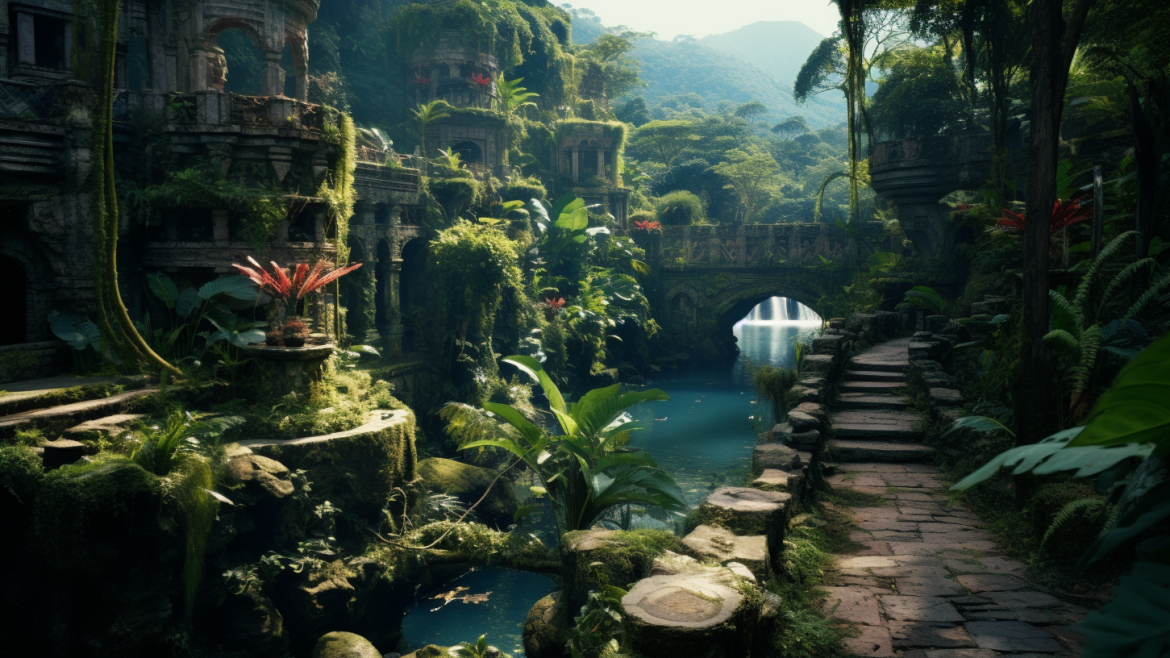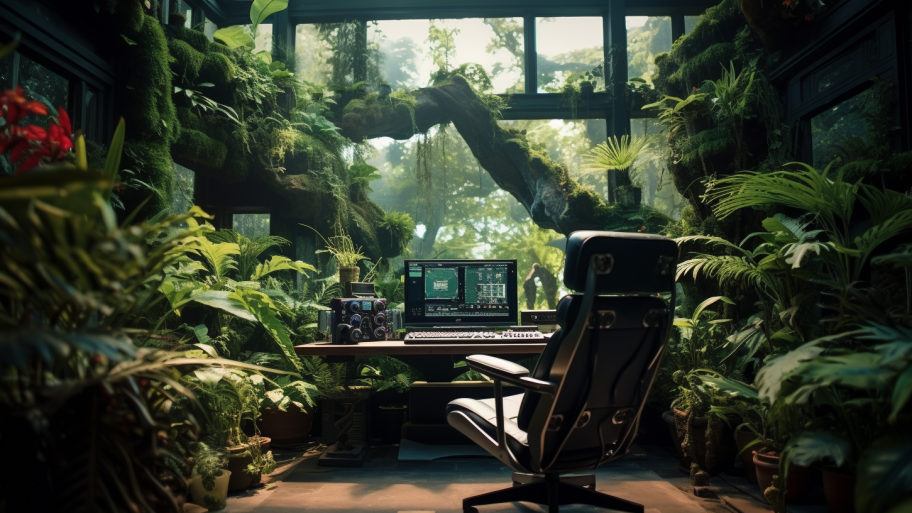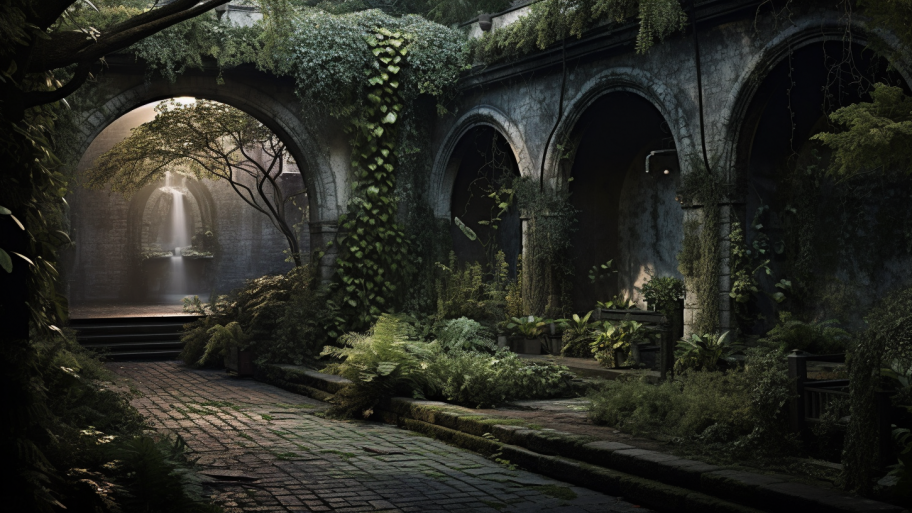Welcome back to our exploration of the world of surrealist gardening! In the first article, we delved into the history and principles of surrealism, and discovered some iconic surrealist gardens. Now, it’s time for you to embark on your own journey into the realm of the absurd and create a dreamscape in your own backyard.
The first step in designing your surrealist garden is to find inspiration. Surrealist gardens draw from the depths of the human imagination, so don’t be afraid to let your mind wander. Reflect on your dreams, memories, and fantasies, and consider how you can translate these ethereal visions into tangible elements within your garden. Remember, surrealism is about breaking free from the confines of reality, so embrace the unconventional.
Next, consider the layout of your garden. Unlike traditional landscapes, which often follow a linear or symmetrical design, surrealist gardens thrive on irregularity and unpredictability. Play with scale, perspective, and the juxtaposition of natural and man-made elements to create a space that challenges the senses and encourages exploration. For example, you might use mirrors or reflective surfaces to create optical illusions, or integrate unexpected materials like metal or glass into your garden structures.
When selecting plants for your surrealist garden, think beyond the typical garden staples. Opt for unusual, eye-catching specimens that add an element of surprise and intrigue. Look for plants with unusual shapes, textures, or colors that contribute to the overall dreamlike atmosphere. Don’t be afraid to mix and match – the more eclectic, the better! Some examples of unique and eye-catching plants to include in your surrealist garden are:
- Euphorbia tirucalli ‘Sticks on Fire’: This succulent boasts a vibrant, fiery red and orange color and an intriguing branching structure that resembles a coral reef.
- Amorphophallus titanum (Corpse Flower): Known for its massive size and pungent smell, this rare and exotic plant creates an unforgettable focal point in any garden.
- Araucaria araucana (Monkey Puzzle Tree): With its distinctive, spiraling branches and sharp, triangular leaves, this tree adds an element of otherworldliness to your surrealist garden.
- Dioscorea elephantipes (Elephant’s Foot): This unusual plant features a large, cork-like caudex and twisting, vine-like stems that give it a truly unique appearance.
- Salix babylonica (Weeping Willow): With its cascading branches and elegant, swaying leaves, the weeping willow adds an element of mystery and enchantment to your garden.
Remember, your surrealist garden is a personal expression of your imagination and creativity, so don’t hesitate to experiment with different plants and combinations to create a truly one-of-a-kind landscape.
In addition, sculptures and other artistic elements play a crucial role in surreal garden design. They provide focal points and visual interest, while also adding a sense of whimsy and fantasy. Consider incorporating one-of-a-kind sculptures or repurposed items into your garden, such as a vintage bicycle planter or a fountain made from reclaimed materials. Let your creativity run wild, and remember that there are no rules in surrealist design.
Finally, lighting can be a powerful tool in creating the desired ambiance in your surrealist garden. Use strategically placed lighting to highlight key features and create dramatic shadows, or experiment with colored lights to alter the mood and atmosphere of your space.
With your surreal garden coming to life, don’t forget that even a dreamscape needs care and attention. In our final article of this series, we’ll explore the unique challenges of maintaining a surrealist garden, from pruning and fertilizing to managing pests and diseases. Learn how to keep your garden thriving while preserving its otherworldly charm – the journey into the realm of the absurd continues.




